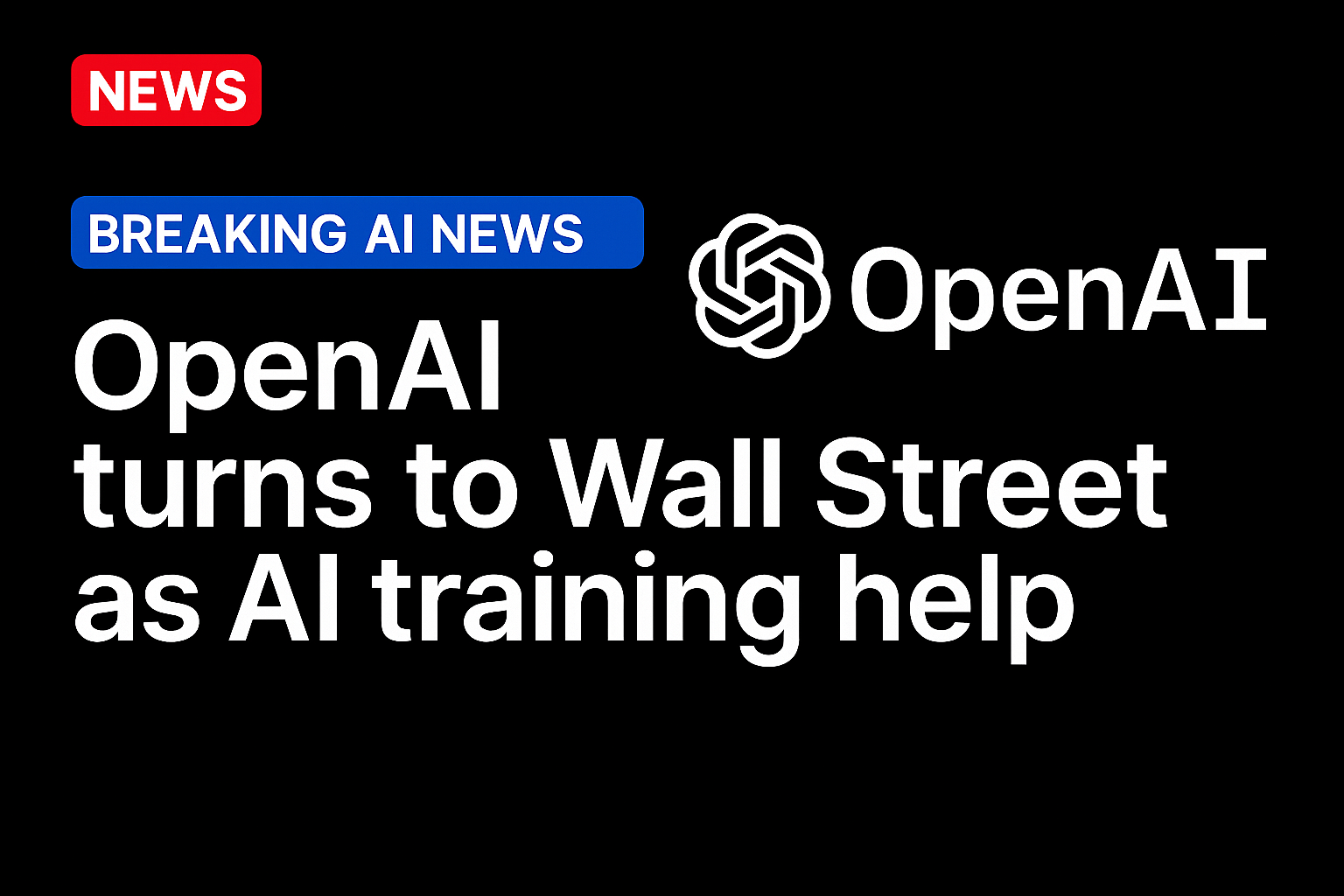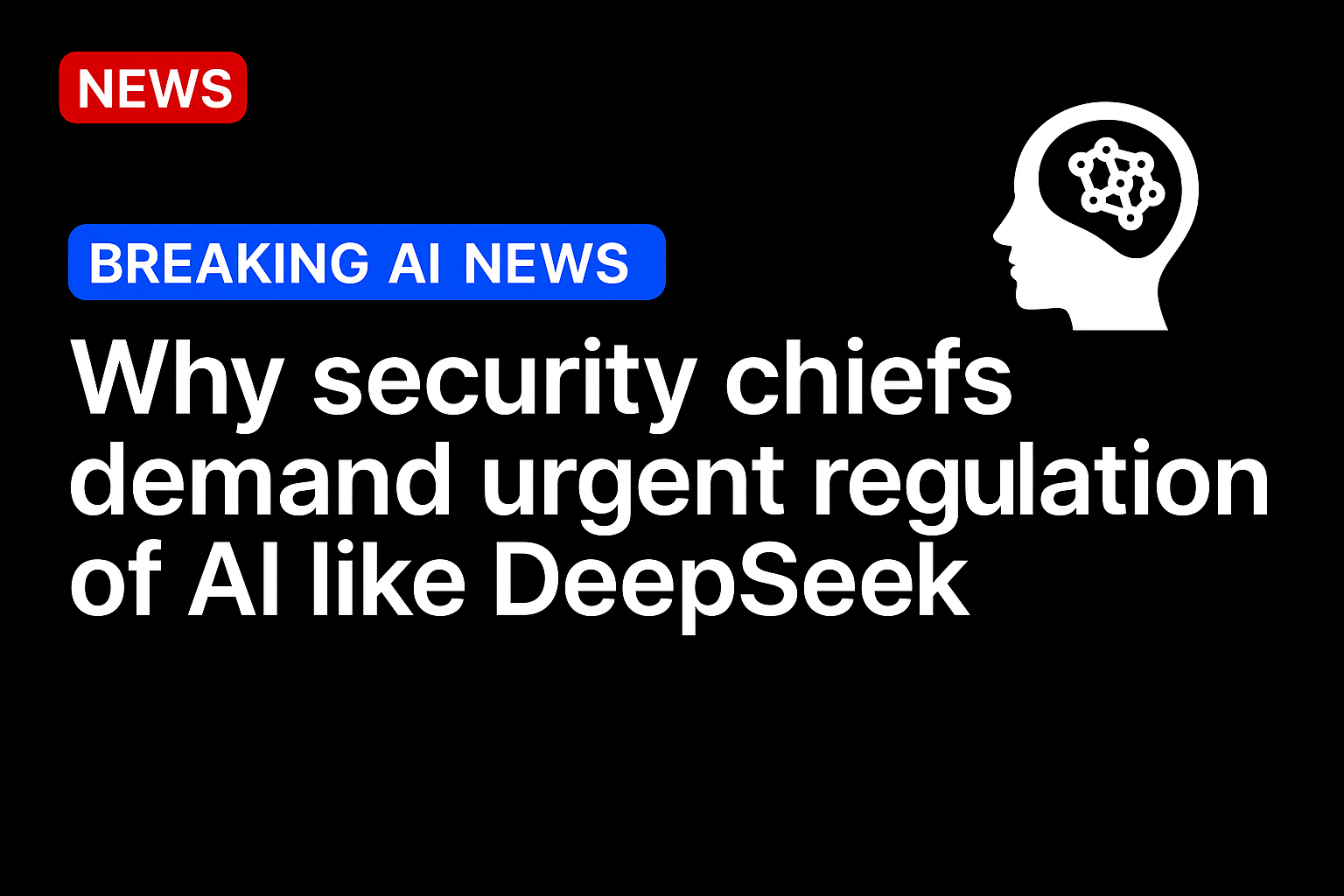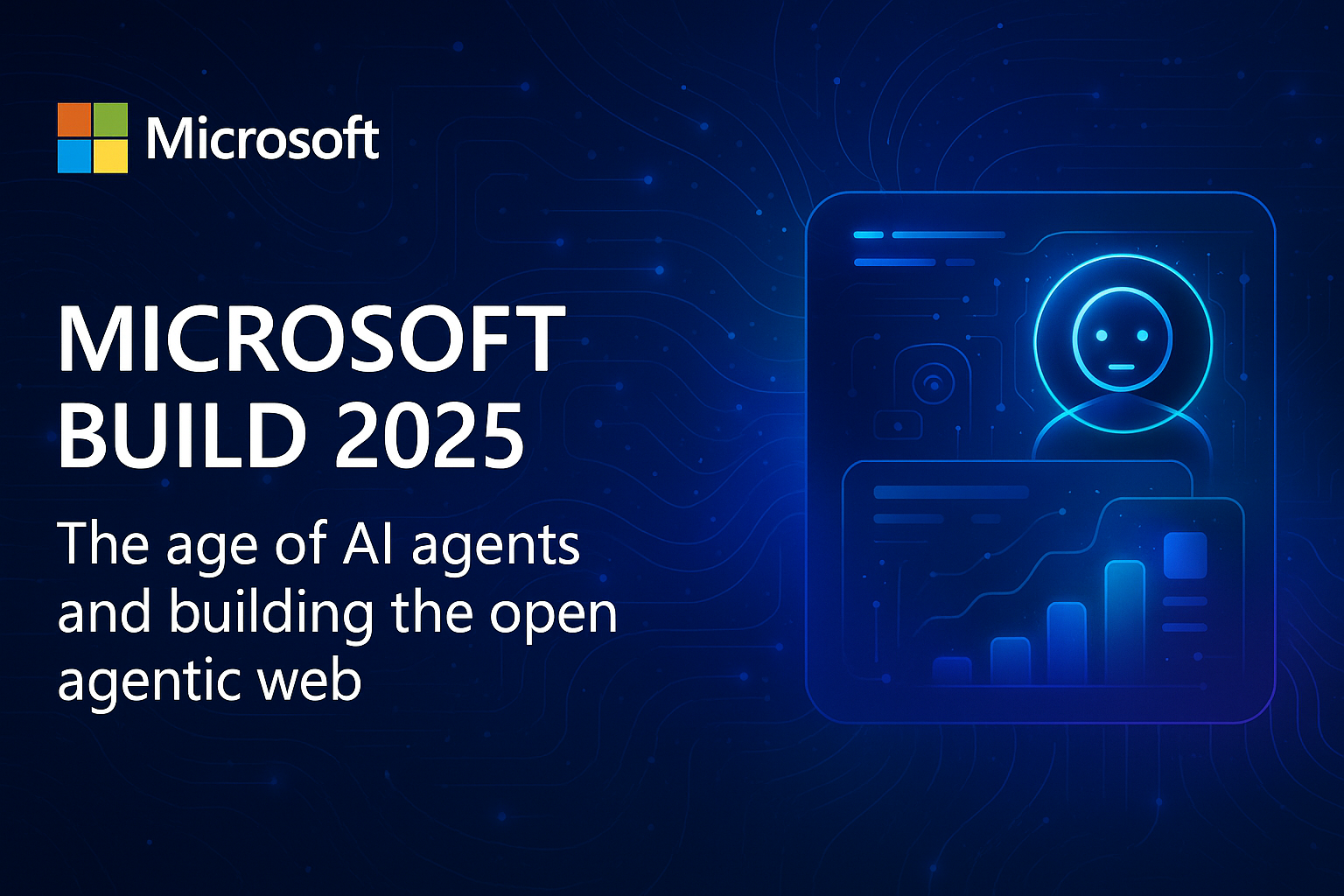
OpenAI is reportedly tapping Wall Street bankers to train its next generation of artificial intelligence models.
According to Bloomberg, the company has hired more than 100 former investment bankers from firms such as Goldman Sachs, JPMorgan and Morgan Stanley to help its systems learn how to build and interpret financial models. The initiative, called Project Mercury, pays contractors about $150 an hour to create Excel models for initial public offerings, restructurings and leveraged buyouts, and to refine the model’s outputs based on their expertise.
The project marks a shift for OpenAI Chief Executive Sam Altman, who has been trying to move the company beyond consumer chatbots and into enterprise use cases that generate steady, high-value revenue. OpenAI’s systems are already used for drafting documents and code, but those applications rely on general-purpose data drawn from the internet. Training on real-world financial work instead of open web text gives the company access to a structured and auditable data source that could make its AI models more accurate and commercially viable for corporate customers.
Turning Finance Into Training Data
Investment banking offers a type of data that large language models have struggled to learn from elsewhere. Analysts at major banks often spend upward of 80 hours a week producing spreadsheets that follow strict accounting conventions and logic chains. Training a model to understand those relationships is far more difficult than teaching it to summarize text. Public data doesn’t contain the formulas or dependencies that define financial models, and genuine deal models are rarely available outside of firms’ internal systems.
Recent PYMNTS coverage on research by NYU Stern and FinTech firm Goodfin illustrates that limitation. The study found that while advanced AI models can now pass mock versions of the CFA Level III exam, one of the most demanding tests of analytical and ethical reasoning in finance, researchers warn that LLMs still do not think like analysts.
OpenAI’s decision to recruit former bankers is an attempt to generate high-quality training data that captures how professionals think about financial cause and effect. A model that learns how debt, cash flow and equity interact can be fine-tuned for valuation, risk or performance analysis later on.
Source: https://www.pymnts.com/




